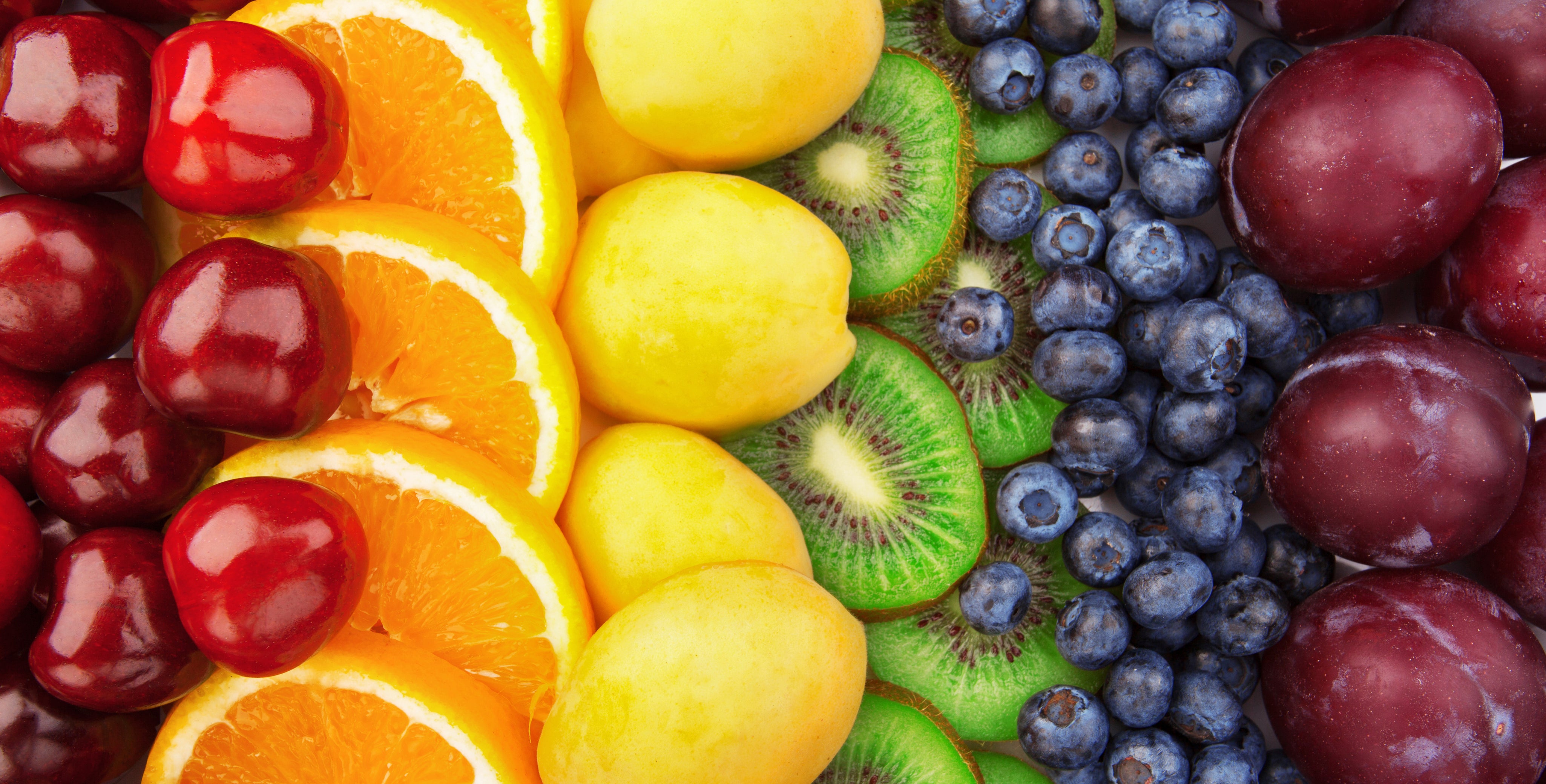Attention color! Facts about colors

Some people who are still green behind the ears like to see everything through rose-colored glasses and live in the blue. The silverbacks then see red, sometimes even black and think that's not the yellow of the egg ... Sayings about color reveal it, the sensual stimulus for the eye exerts a strong fascination and effect on us. Find out here how we react to colors and how colors can be useful for you.
The color blue
Blue is one of the cold colors; people perceive it as cool. This was also investigated in a study at an energy research institute in London. When asked about the subjective well-being of the test subjects, they stated that they felt colder under bluish light than under the light of classic light bulbs. Many more participants put on a sweater or scarf under blue light.
Blue evokes associations with the refreshing temperatures of the sea, a mountain lake or a slowly flowing river. When we think of a clear sky and its color, we associate this image with freedom and boundless expanse, which evokes longing and clarity in us.
Tip: Take advantage of the cooling effect of the color blue. Not only when temperatures are too warm - the color blue can also bring balance to a heated, agitated mood. The calming, clear color effect, for example in your choice of clothing, can benefit you in difficult personal conversations or demanding meetings.
The color red
The wild one among the colors. We associate it with sexuality and danger, joy and passion, but also aggression. The color of blood immediately attracts our attention. Which we use in road traffic with red traffic lights and stop signs. Or in advertising.
Animals are no different, for example the finches. Behavioral biologist Sarah Pryke from Macquarie University Sydney bred various birds with red, black or blue crested feathers. Her experiment: the differently colored finches were placed in a cage with an automatic feeder. Instead of fighting over the food, the birds gave priority to the finches with the red feathers. They have an innate fear of red and have a 58 percent higher concentration of the stress hormone corticosterone in their blood at the sight of the color. Red not only warns, it also has a luring function - in animals and humans. In a psychological experiment at the University of Rochester, it was found that a woman dressed in red aroused strong interest and almost twice as much willingness to meet.
Tip: Red gives a boost of energy and makes us look more powerful, so it's perfect for days when we're feeling a little tired or exhausted. But be careful, the color can also come across as aggressive - which could be counterproductive at a job interview, for example.
A red environment promotes concentration and a high level of attention to detail, for example for math problems or tax returns.
The color green
We associate the color green with nature, with spring, with growth and life, and in a figurative sense with hope and confidence. It has an equally relaxing and refreshing effect on us and stands for the positive - everything is fine when it's green.
Green also promotes creativity, as a study by Stephanie Lichtenfeld from the Ludwig Maximilian University of Munich showed. Test subjects who had previously looked at green spaces developed more original solutions in the test.
Tip: You can inspire confidence and a reliable, empathetic impression with green clothing. And as the Lichtenfeld experiment shows - a green screen has a positive influence on creative work.
The color yellow
The bright, warm base color is perceived by us as a cheerful, powerful color, we associate it with light and sun and it has a signal effect on us. It therefore also serves as a warning: a hoisted yellow flag on ships signaled the outbreak of an epidemic, the yellow card in soccer warns of another infringement of the rules and yellow also warns us to pay attention in road traffic.
Tip: Speaking of caution: if you want to lose weight, it's better not to paint your kitchen walls yellow. The color stimulates the appetite. A fact that fast food restaurants like to use to their advantage.
Incidentally, yellow clothing can also quickly appear obtrusive. It is better to use accentuated colors or opt for a muted mustard yellow.
Color theory according to GSE
So that you feel at home in the variety of GSE Organic Supplements we have assigned clear colors to the different product lines. Take a look right now.



